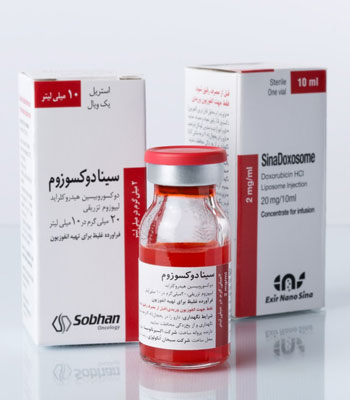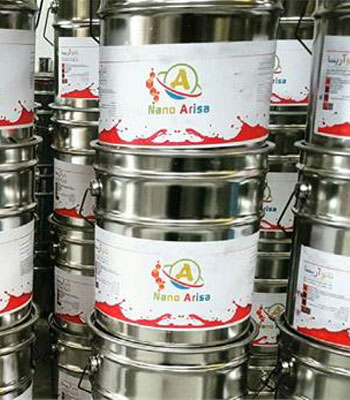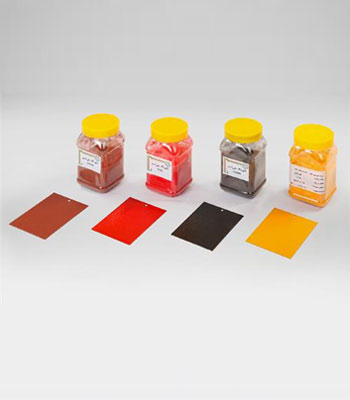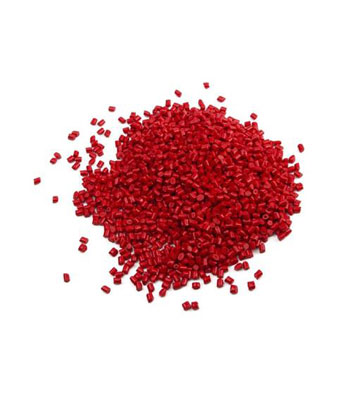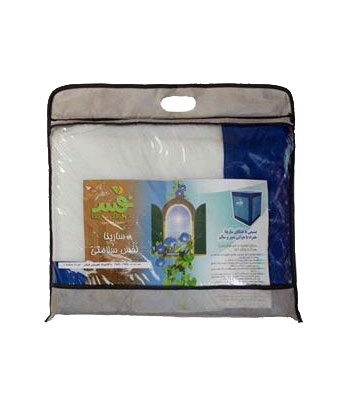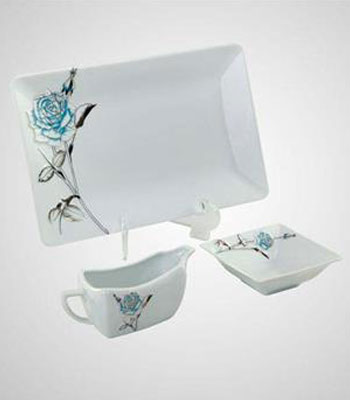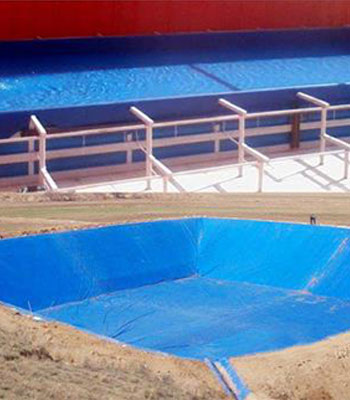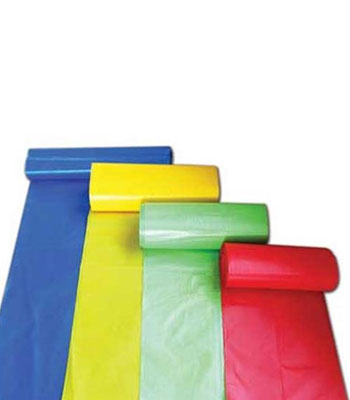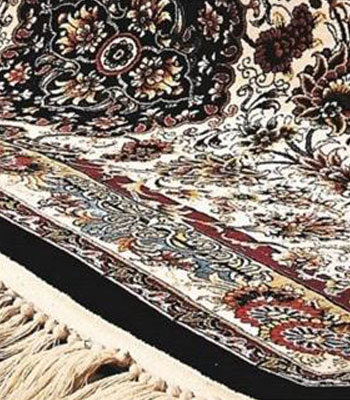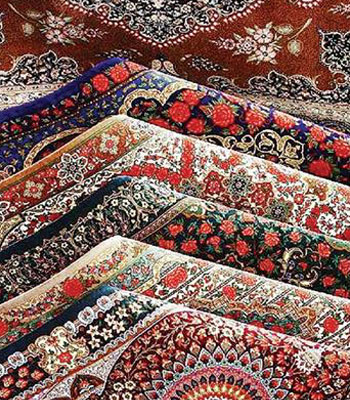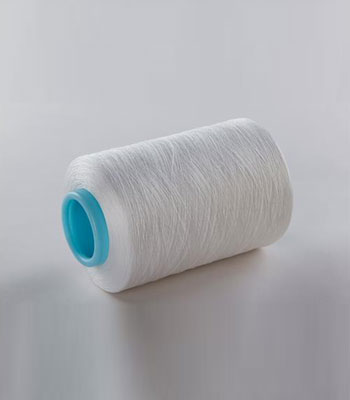Anti-cancer Drug (SinaDoxosome)
0,00 €Introduction
This product is SinaDoxosome containing liposomal hydrochloride doxorubicin. Its formulation is in a way that inserts doxorubicin into the nanoliposome carriers and increases permeability and retention of the drug in the tumor tissue. This lipid carrier decreases the side effects of doxorubicin due to the small amount of leakage. In this way cardiac toxicity of the drug that is the most dangerous side effect is significantly reduced. SinaDoxosome is used in the treatment of various cancers and because of the high efficiency of its liposomal nature, it has significant effect on metastatic cancers including metastatic breast, ovarian cancers as well as multiple myeloma and AIDS-related Kaposi’s sarcoma.
Anti-corrosion Epoxy Paint
0,00 €Introduction
In advanced technological era corrosion is still considered a major problem because it is the main cause of industrial failures and loss of billions of dollars annually for preventive maintenance and restoration of metal substrates. Corrosion resistant paints protect metal components against degradation due to the moisture, salt spray, oxidation or exposure to a variety of industrial chemicals. Anti-corrosion coating allows for added protection of metal surfaces and acts as a barrier to inhibit the contact between chemical compounds or corrosive materials. Addition of nanoparticles as fillers to the polymeric paints not only increases their efficiency in terms of corrosion resistance but also improves their mechanical properties.
Anti-corrosion Powder Paint
0,00 €Introduction
Corrosion is the gradual destruction of materials by chemical reaction with their environment. It degrades the useful properties of materials and structures including strength, appearance and permeability to liquids and gases. The amount by which a corrosion coating reduces the rate of corrosion varies depending on the kind of metal and its environment, and is notably slower in room temperature air for aluminum, chromium, zinc, titanium, and silicon. Because of excellent corrosion resistance, thermal stability and less conductivity, SiO2 is an excellent anti-corrosion material. Inactivity and low cost make silica an excellent filler and extender for paint. Adding silica to paint creates textural qualities in paint without affecting its color. Silica has little color in drying oil, so it can be added to oil paint without affecting the tint of the color. Due to its hardness it tends to add a discernible texture to paint.
Antibacterial ABS Granule
0,00 €Introduction
ABS polymer is composed of three different monomers, including Acrylonitrile, Butadiene and Styrene, in which each monomer gives unique properties to the final product. Some of these properties are transparency, flexibility, and polarity and chemical resistance which are created by styrene, butadiene, and acrylonitrile, respectively. Therefore, by changing the percentage of each monomer in composition, several grades of ABS can be produced. This material has different applications such as plastic parts that are used in home appliances. ABS masterbatch granules are produced using modified antibacterial nanomaterials. To gain better properties which facilitate the use of ABS in fabrication of components with antibacterial feature, this material can also be mixed with other polymers, such as polyvinyl chloride or polycarbonate.
Antibacterial Air Filter for Evaporative Cooler
0,00 €Introduction
A particulate air filter is a device composed of fibrous materials which removes solid particulates such as dust, pollen, mold, and bacteria from the air. Antibacterial air filters are widely used to prevent the growth of bacteria inside the evaporative coolers; the growth of bacteria is attributed to the wet environment inside the coolers. By addition of silver nanoparticles to the filter cloth, silver ions are released within its structure and prevent the growth of bacteria. The concentration of silver ion in this product is 165 ppm.
Antibacterial Ceramic
0,00 €Introduction
Ceramics due to having excellent chemical stability, as well as good appearance are widely used in different places such as hospitals and buildings. Ceramics, unfortunately, do not have antibacterial effect inherently, and the microorganisms reproduce easily on their surfaces, especially in wet environments. Regarding this, the need for frequent washing and the use of disinfectants is necessary. However, the use of these materials not only causes respiratory problems but also leads to the loss of cement and mortar between the ceramics. Therefore, the use of a ceramic which has inherent antibacterial properties can be effective in solving these problems. Zin oxide nanoparticles have antibacterial effect which can kill many types of bacteria. These nanoparticles penetrate into the cell walls of bacteria and microorganisms and prevent their growth and reproduction. These nanoparticles can be mixed with ceramic glaze as an additive.
Antibacterial Chinawear with Hydrophobic Coating
0,00 €Introduction
Washing porcelain dishes after a meal is a tedious work. During washing, greasy porcelain dishes are very slippery in hand. Also, in some cases fat stains remain after washing. Moreover, surface of a dish due to direct contact with the hands or leftovers is a good place for growth of bacteria and fungi. The aforementioned problems can be obviated with the aid of nanotechnology; to do this, chinaware with hydrophobic and antibacterial surfaces are produced by the addition of silicon and zinc nanoparticles, respectively. The chinaware produced by this company are classified in two different groups:
- Hydrophobic chinawear
- Antibacterial chinawear
Antibacterial Geomembrane
0,00 €Introduction
Geomembrane is a very low permeable synthetic membrane which is used in various geotechnical engineering projects to control water or gas leakage. It has been confirmed that for this application, geomembranes are more efficacious than other traditional products such as concrete, asphalt, and compacted clay. This product has a wide range of properties, i.e. physical, mechanical and chemical resistance, to protect our environment and water resources. It is worth mentioning that the antibacterial activity of polymers reinforced with silver nanoparticles is stable and its high antibacterial efficiency has been observed against different species of bacteria. Silver ions and its compounds can kill a wide range of bacteria, while they have no toxic effect to the human body. Therefore, the use of silver in different forms is a common method of protection against bacteria.
Antibacterial Hospital Waste Bag
0,00 €Introduction
The use of plastic bags is a convenient and hygienic way to collect waste. Plastic bags are very lightweight, and are especially suitable for wet rubbish like food waste. The waste bags containing food waste and other spoilable materials are a suitable place for growth of bacteria which can cause contamination. The antibacterial nanoparticles prevent the growth of microorganisms which lead to contamination. The antibacterial nanoparticles prevent growth of microorganisms which give birth to spoilage and contamination. Zinc oxide nanoparticles show a strong antibacterial activity against the pathogenic bacteria such as E. coli and S. aureus. Addition of these kinds of nanoparticles to the waste bags can create antibacterial properties in them.
Antibacterial Machine-made Carpet
0,00 €Introduction
Carpet is a key decorative element which provides the principles of decoration via the use of color and texture. Recently, the carpet industry has lost market share because based on the findings, covering a floor with a carpet increases the illness, asthma and allergies. The use of soft floor coverings in schools, hospitals and other health care facilities has long been controversial as carpet is thought to contribute to the presence of microorganisms in the indoor environment. Indoor air is a complex mixture of bio-aerosols and non-biological particles. Among the most important of these are human and animal occupants that shed skin scales and other fragments, mold spores, viruses, and bacteria. Two types of antimicrobial treatments exist for carpets and coatings. The first type is used in the manufacturing process. The other type is an antimicrobial additive incorporated in a treatment of the carpet fibers during manufacturing.
Antibacterial Man-made Carpet
0,00 €Introduction
Germs, bacteria and microorganisms are the main causes of diseases, infections and bad odors. The average amount of bacteria found in a homeowner’s carpet is 200,000 organisms per square inch. This amount is 4,000 times more than that found on an average homeowner’s toilet seat. Therefore, the use of disinfectants that can reduce the activity of these organisms can be important. In this regard, the antimicrobial activity of silver has been proven, and it has been used in many applications. The present product is an antibacterial carpet containing silver nanoparticles which prevents creation of bad odors in carpet.
Antibacterial Polyester Yarn
0,00 €Introduction
Polymers can be easily infected by bacteria or fungi, which consequently results in the transmission of diseases and severe infections. Prevention of microbial colonization onto the polymeric surfaces can be fulfilled by adding active antimicrobial agent like silver nanoparticles into the polymers. Polyester is a category of polymers that contain the ester functional group in their main chain. In comparison with other industrial fibers, polyester fibers have high tenacity, low water absorption and minimum shrinkage. This material is widely used in the clothing industry. Silver ions and its compounds are extremely lethal for a wide range of bacteria, whilst they show very low toxicity for human cells. Therefore, silver is widely used as an antibacterial agent.



